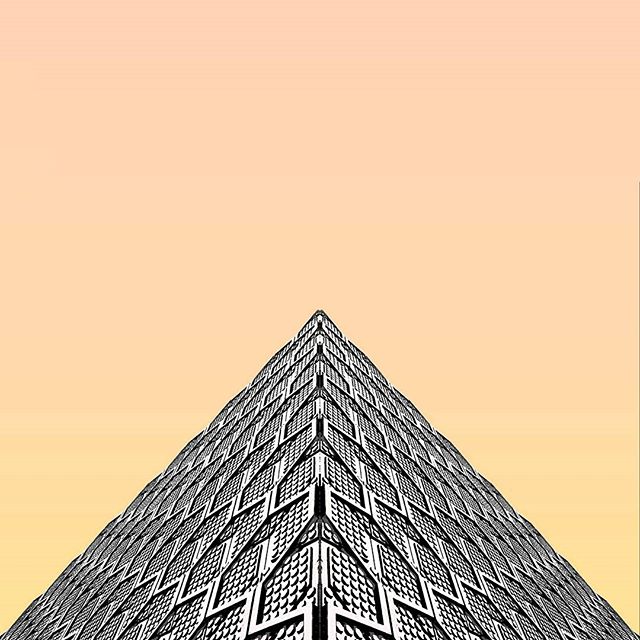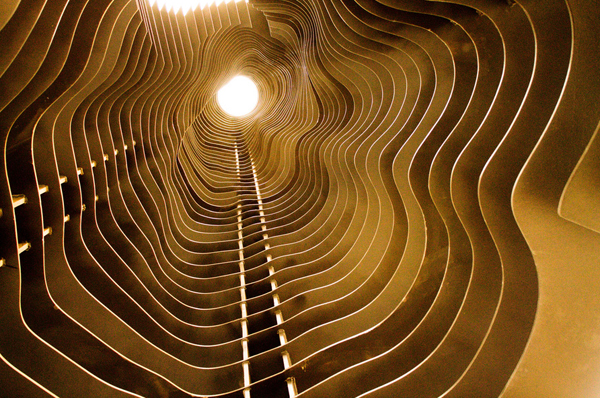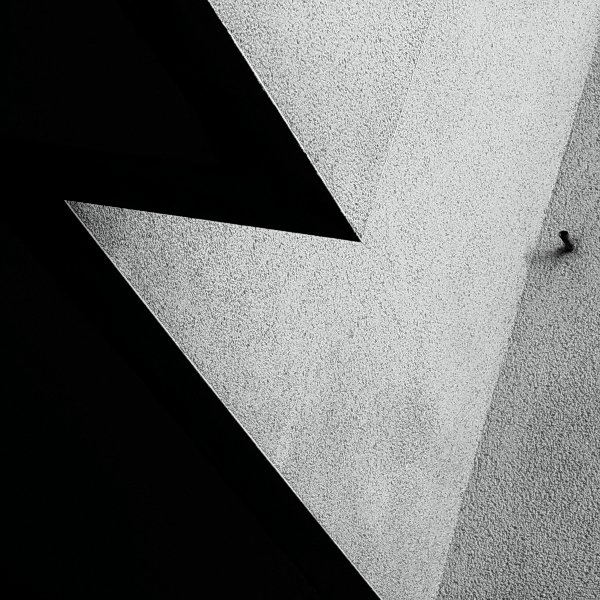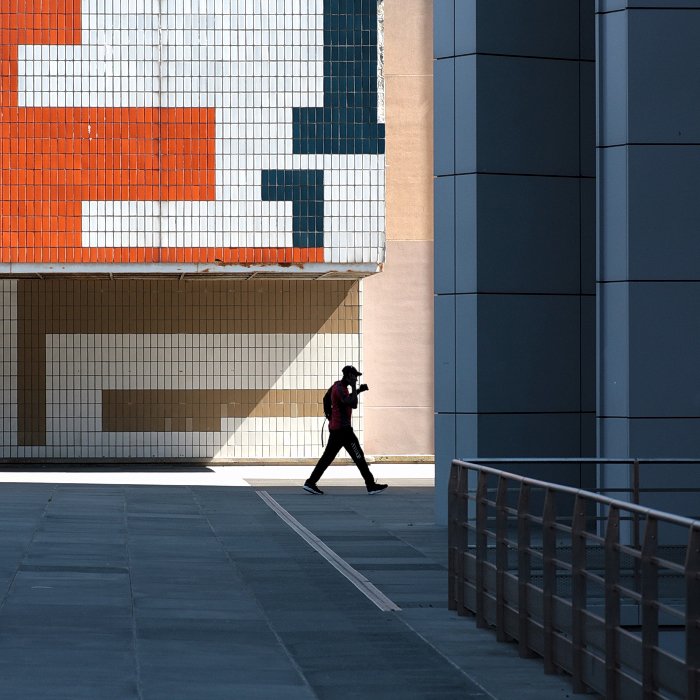Abstract photography, sometimes called non-objective, experimental, conceptual or concrete photography, is a means of depicting a visual image that does not have an immediate association with the object world and that has been created through the use of photographic equipment, processes or materials. An abstract photograph may isolate a fragment of a natural scene in order to remove its inherent context from the viewer, it may be purposely staged to create a seemingly unreal appearance from real objects, or it may involve the use of color, light, shadow or texture.



I quite like the abstract minimalist photography as it involves the use of editing, warping, and making the photo seem unreal, or edited to an extent where it seems unnatural. In some examples of minimalist it makes the object in focus either seem larger than life or smaller than it should be.
I also like the use of changing the colors to make it seem neon, brighter or even electrified. This effect can be used on people for portraits and can be used on everyday objects.
Julian Schulze became a master of minimalism, his work is eye-catching and very impressive. He is focused on geometric abstraction and minimalistic compositions. His images can range from simple shots of everyday scenes made up of a small number of elements to mind-bending abstractions that will leave in confused as to which direction he took the shot. Each shot he takes is expertly composed using light, shadow and color to create 2D and 3D illusions and scenes.





I really like Schulze’s work as some of his work is simple by just taking of a photo with a wide range of colors in an everyday normal environment, whereas others involve black and white structures and taking them at obscure angles to change the interpretation and the way we look and understand the photographs.
